Exterior Cladding Panels
Show more
14 products
4320 CLADDING DOUGLAS FIR 28x120 UYS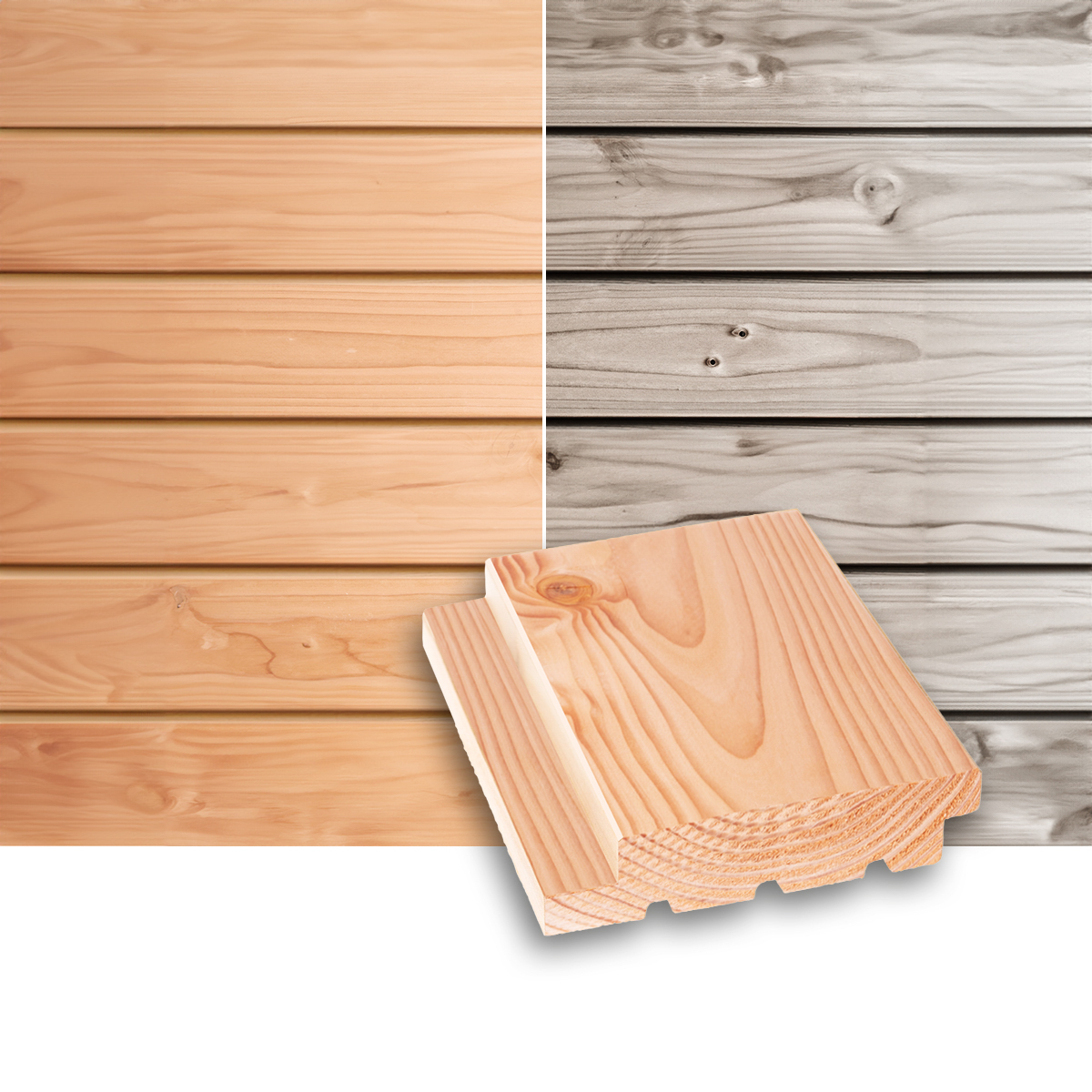

Arctic OutdoorCLADDINGDOUGLAS FIR 28x120 UYS4320
Out of stock
10
,06
€/m
91
,60
€/m²
4321 CLADDING DOUGLAS FIR 28x145 UYS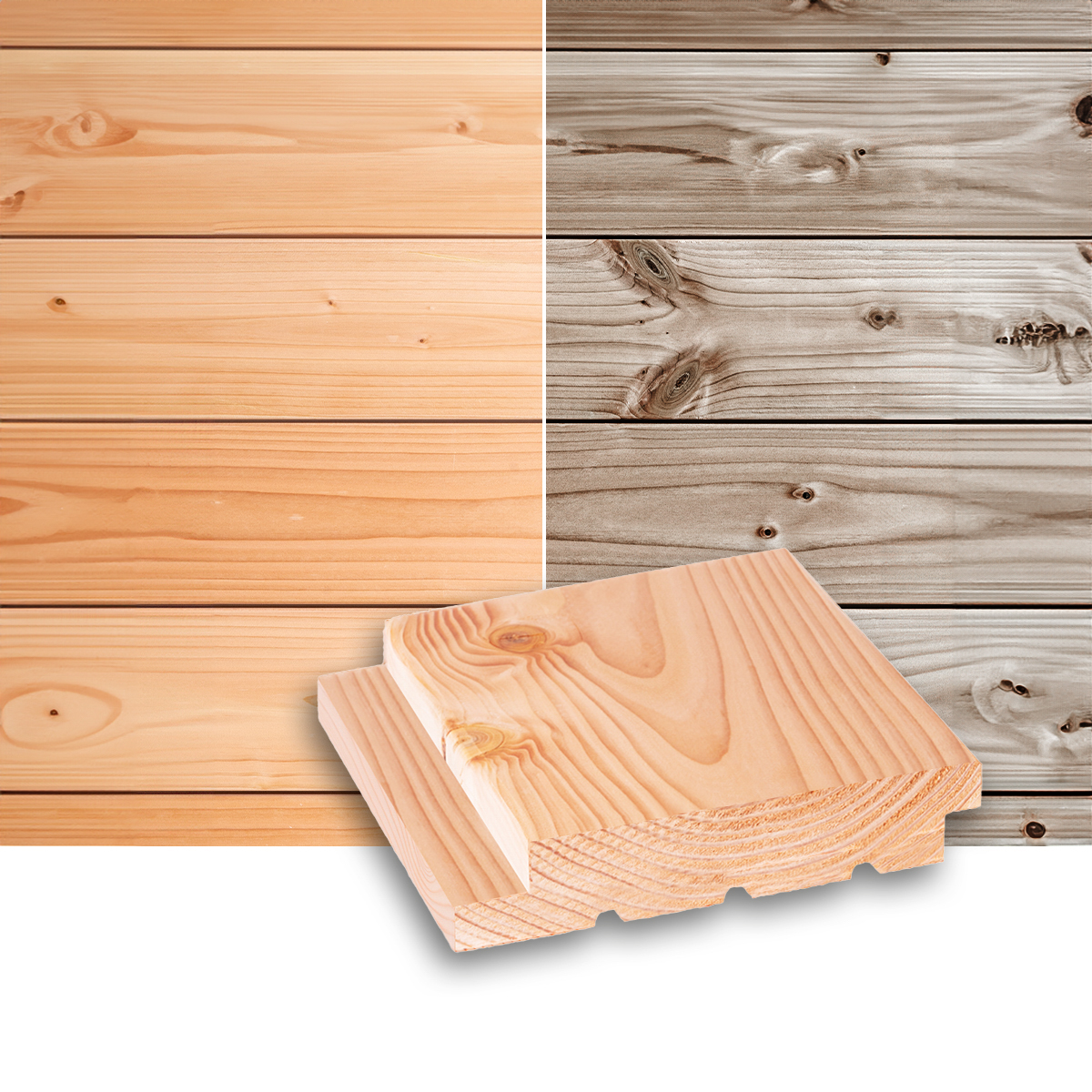

Arctic OutdoorCLADDINGDOUGLAS FIR 28x145 UYS4321
Out of stock
11
,88
€/m
88
,00
€/m²
4322 CLADDING DOUGLAS FIR 28x195 UYS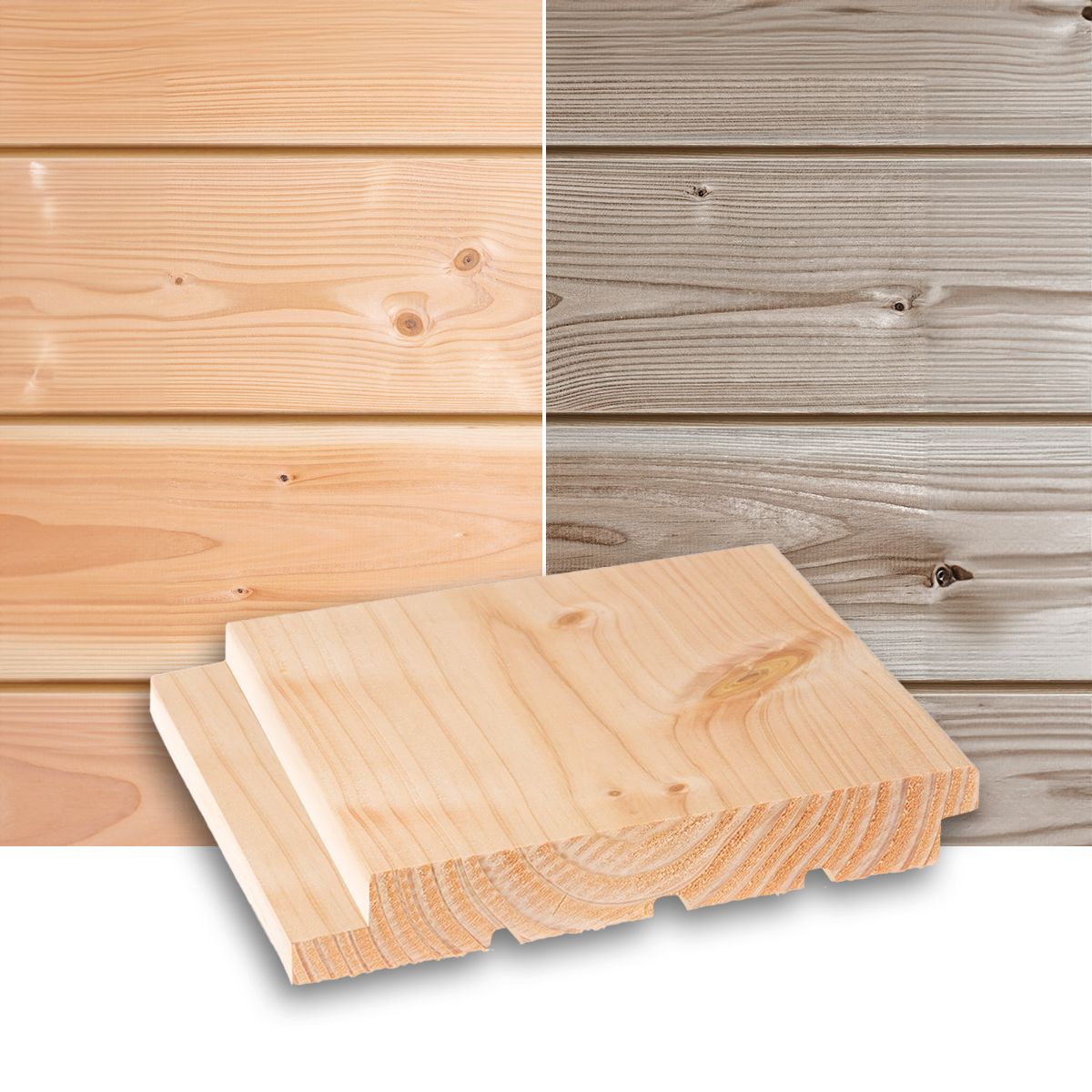

Arctic OutdoorCLADDINGDOUGLAS FIR 28x195 UYS4322
Out of stock
16
,04
€/m
86
,70
€/m²
4467 CLADDING 21 x 95 UTK BEADED UNTREATED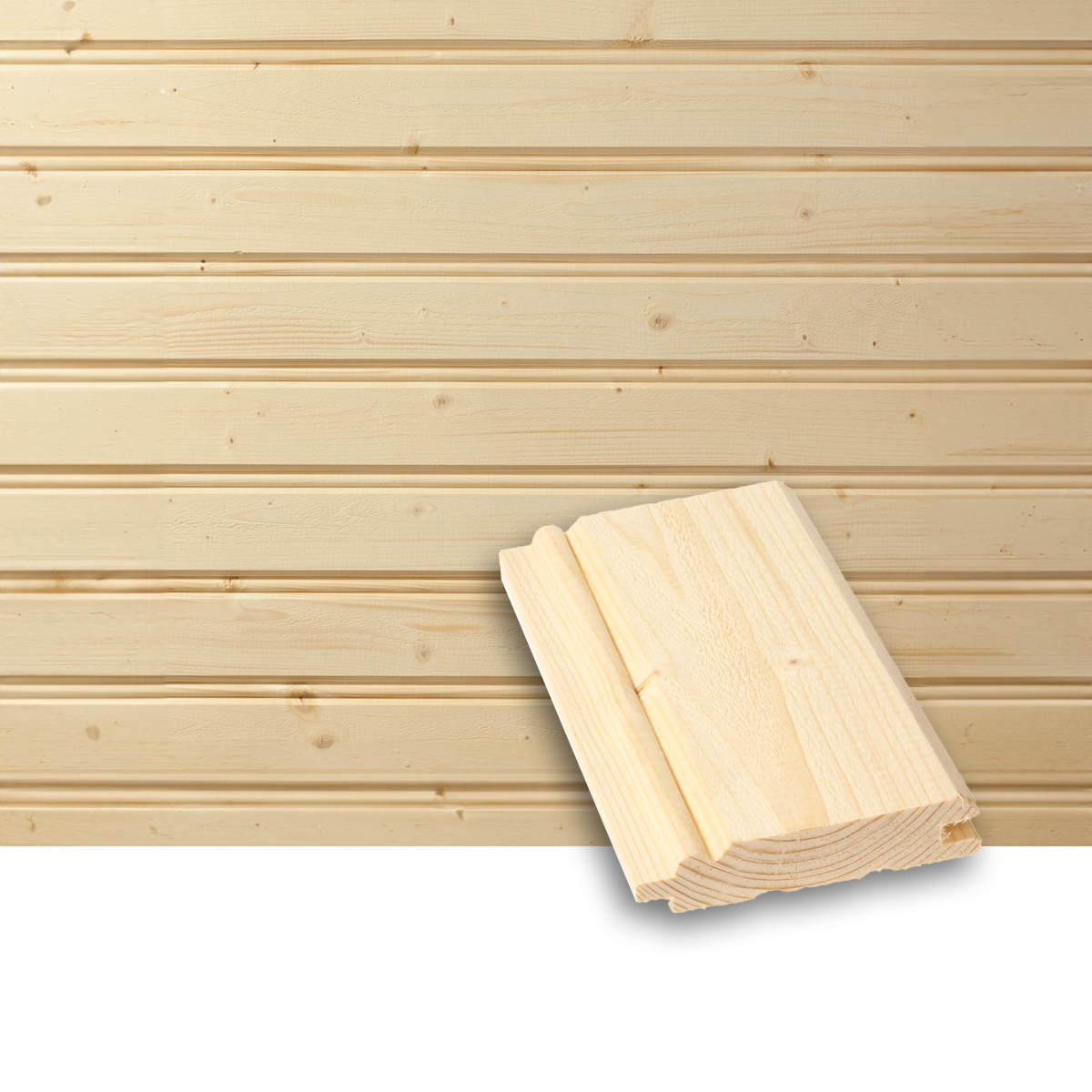

CLADDING21 x 95 UTK BEADED UNTREATED4467
In stock 1,336 m
2
,13
€/m
25
,10
€/m²
4191 CLADDING 23 x 95 UTS UNTREATED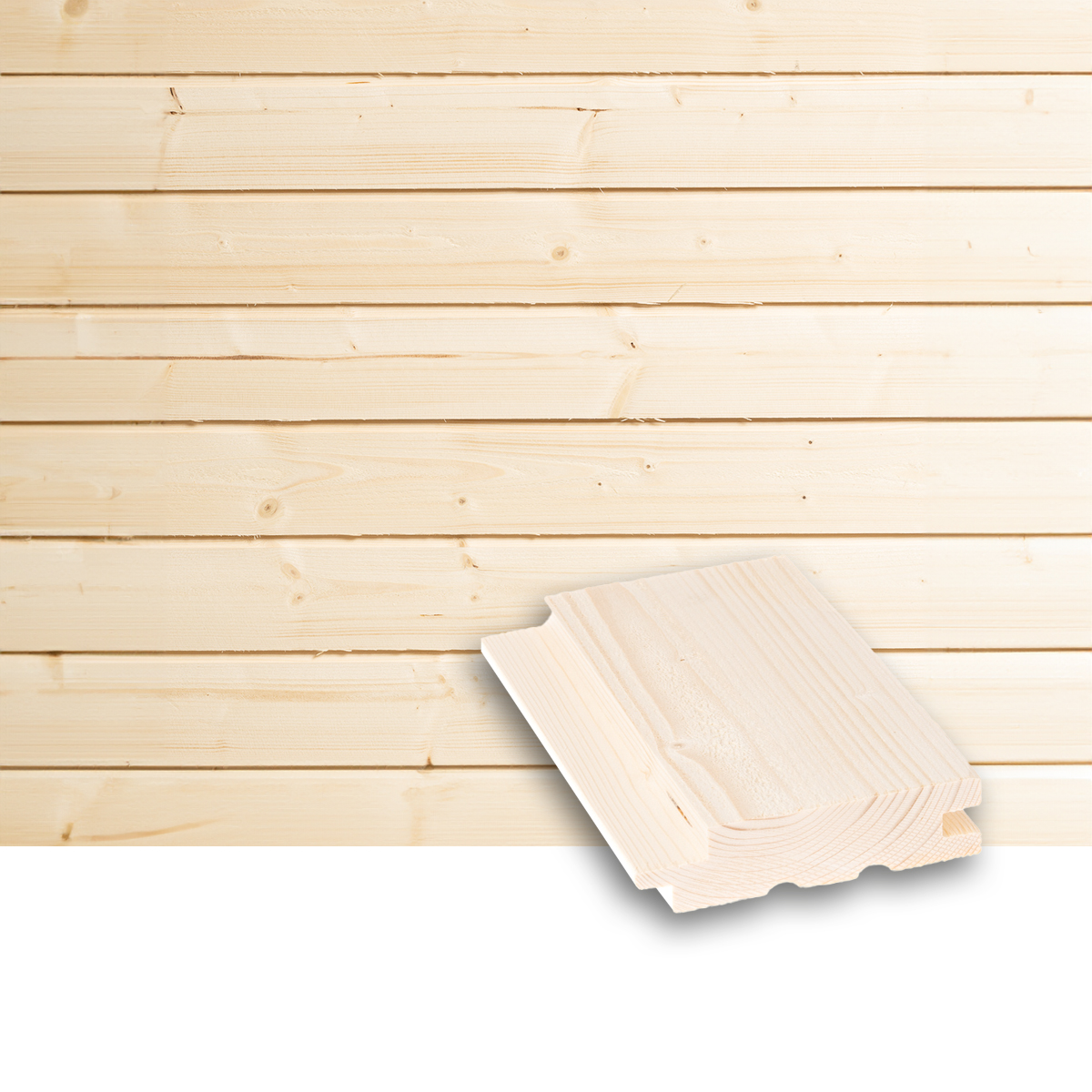

CLADDING23 x 95 UTS UNTREATED4191
In stock 1,373 m
2
,06
€/m
24
,40
€/m²
4001 CLADDING 23/10x120 UYL BEVEL CLADDING UNTREATED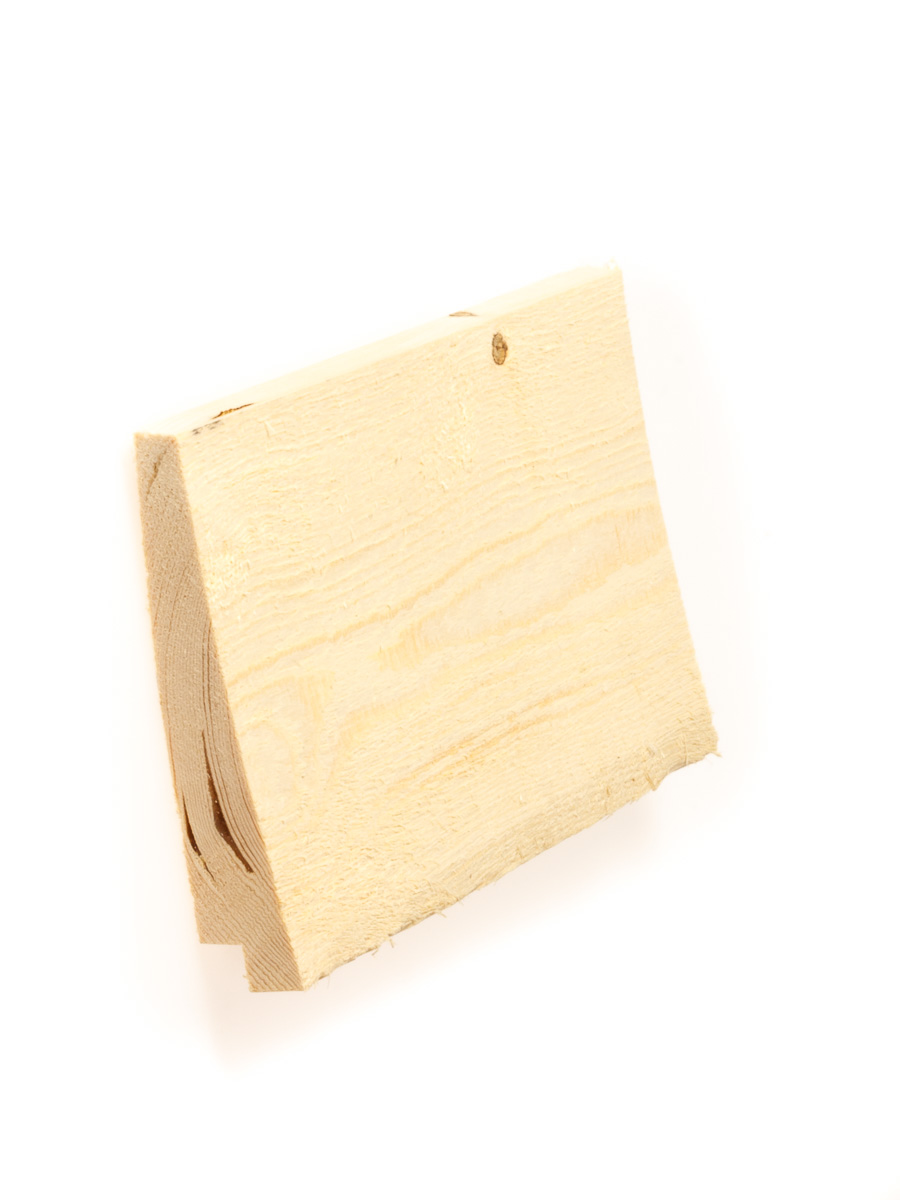
Discount

CLADDING23/10x120 UYL BEVEL CLADDING UNTREATED4001
In stock 331 m
2
,47
€/m
3
,09
22
,90
€/m²
28
,70
4339 CLADDING FINNISH SPRUCE 23x145 UTS UNTREATED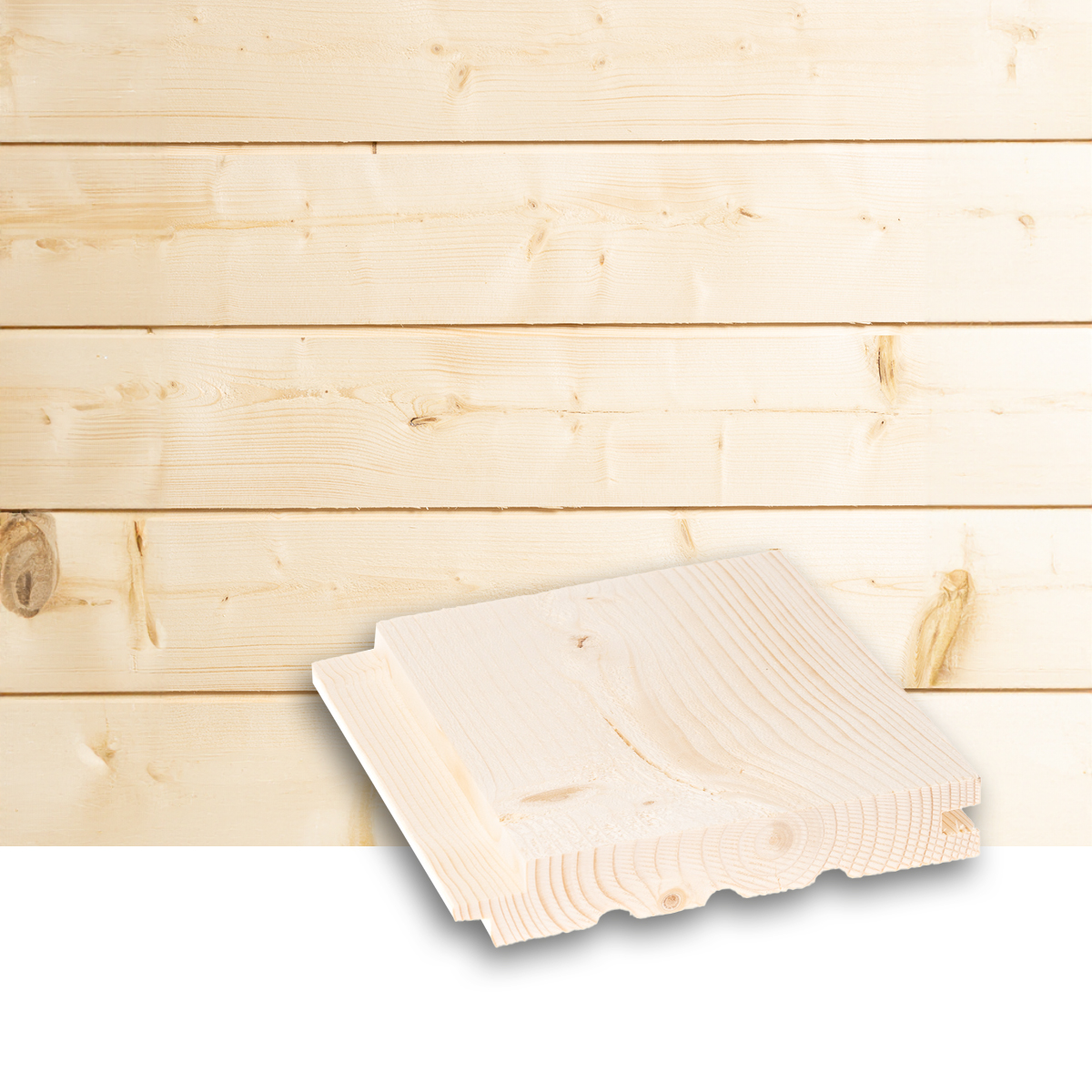

CLADDINGFINNISH SPRUCE 23x145 UTS UNTREATED4339
In stock 1,186 m
3
,25
€/m
24
,10
€/m²
4352 CLADDING 28x170 UTW UNTREATED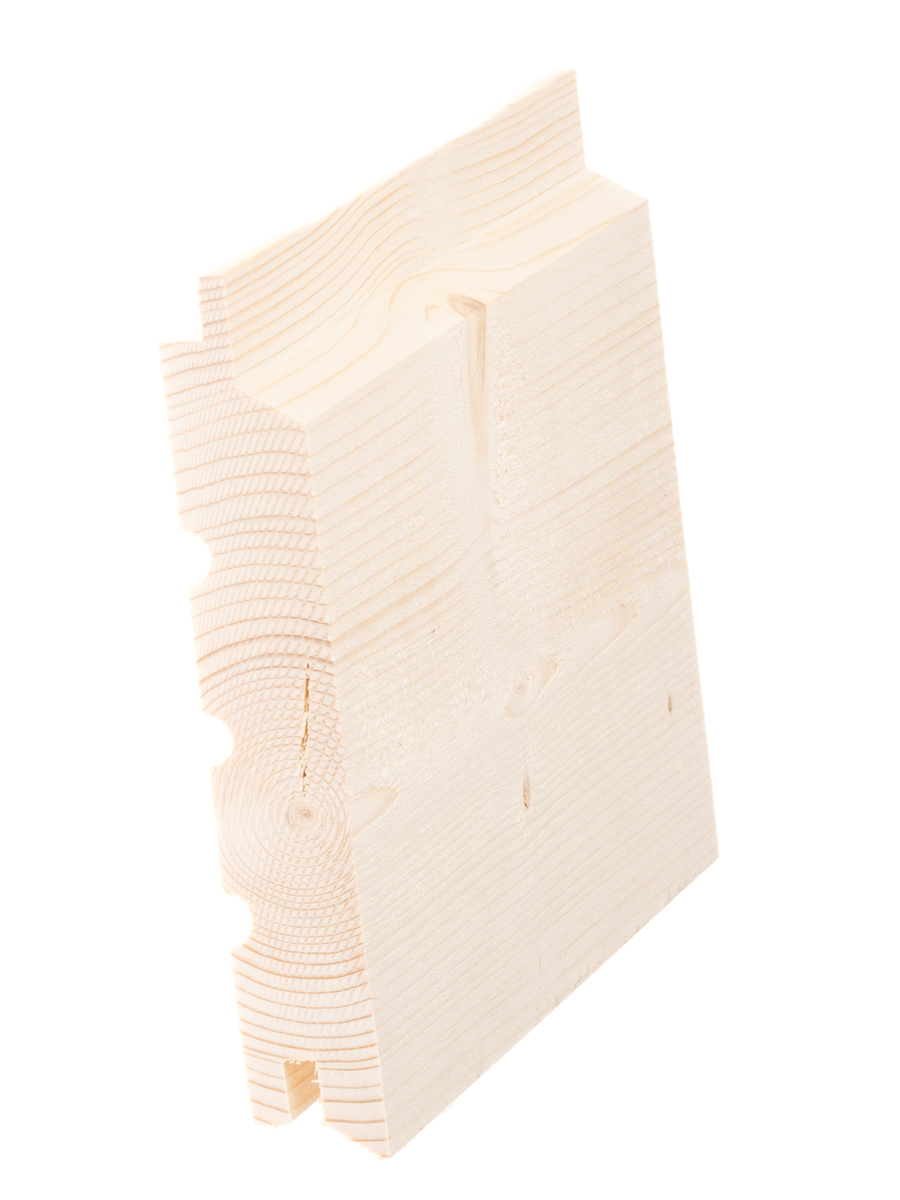
Discount

CLADDING28x170 UTW UNTREATED4352
In stock 2,658 m
4
,86
€/m
5
,40
31
,40
€/m²
34
,90
5025 CLADDING LARCH 23x145 UTV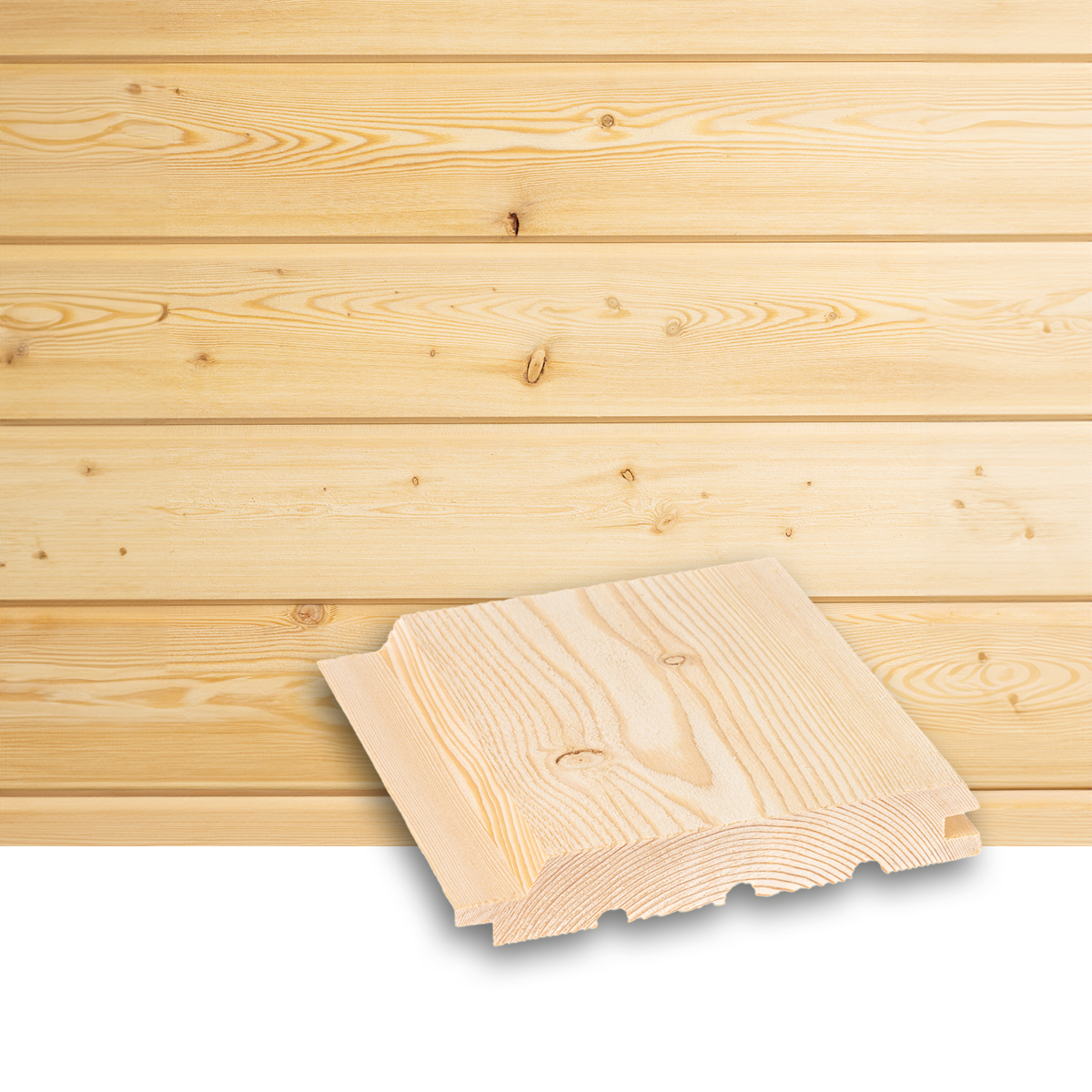
Discount

Arctic OutdoorCLADDINGLARCH 23x145 UTV5025
In stock 144 m
6
,40
€/m
7
,99
47
,50
€/m²
59
,20
4529 CLADDING LARCH 28 x 95 UYS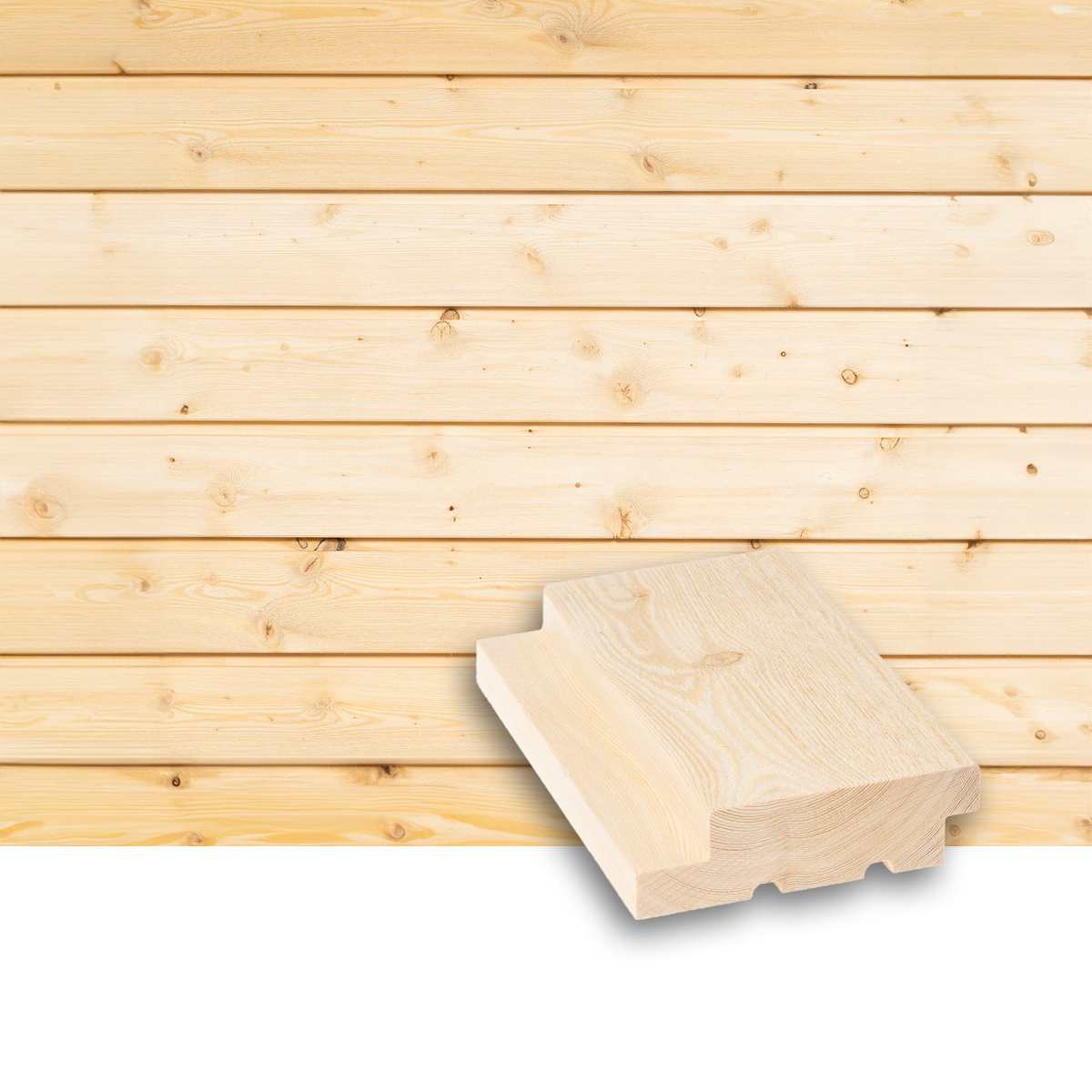
Discount

Arctic OutdoorCLADDINGLARCH 28 x 95 UYS4529
In stock 3,573 m
5
,35
€/m
6
,65
63
,20
€/m²
78
,50
4040 CLADDING LARCH 28/15x120 UYL BEVEL CLADDING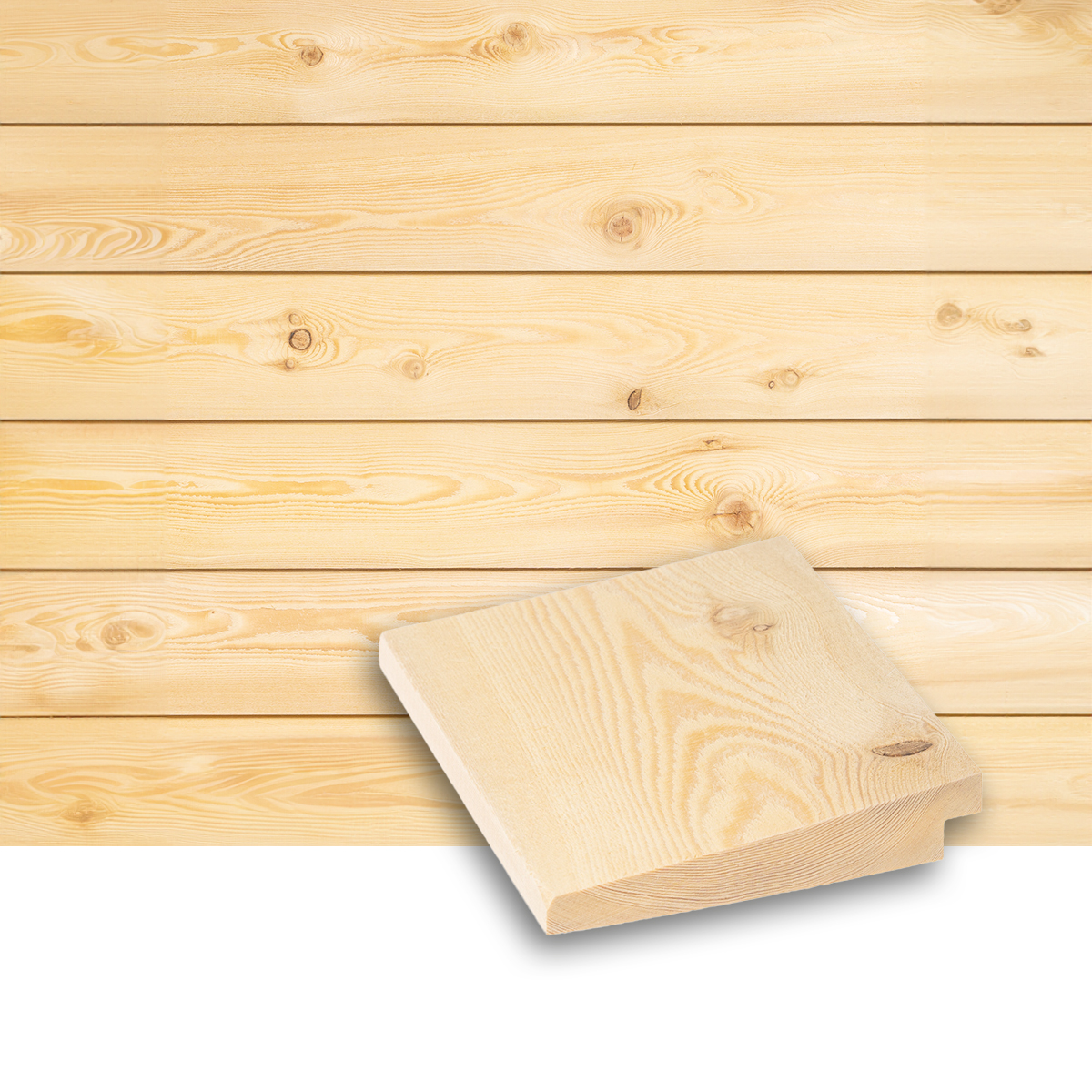
Discount

Arctic OutdoorCLADDINGLARCH 28/15x120 UYL BEVEL CLADDING4040
In stock 3,564 m
5
,10
€/m
6
,38
46
,40
€/m²
58
,00
4766 CLADDING LARCH 28x120 UYS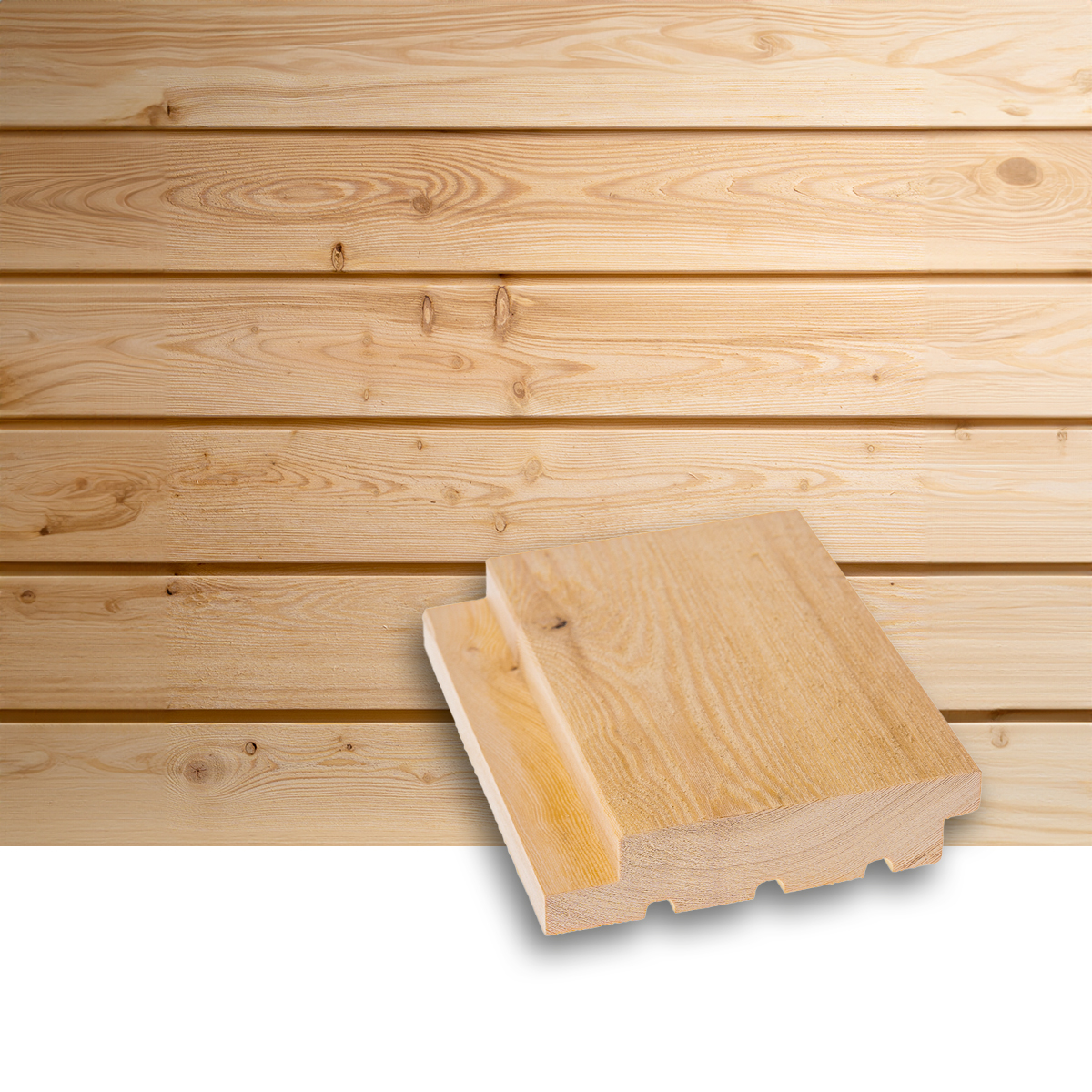
Discount

Arctic OutdoorCLADDINGLARCH 28x120 UYS4766
In stock 2,935 m
6
,70
€/m
8
,37
61
,00
€/m²
76
,20